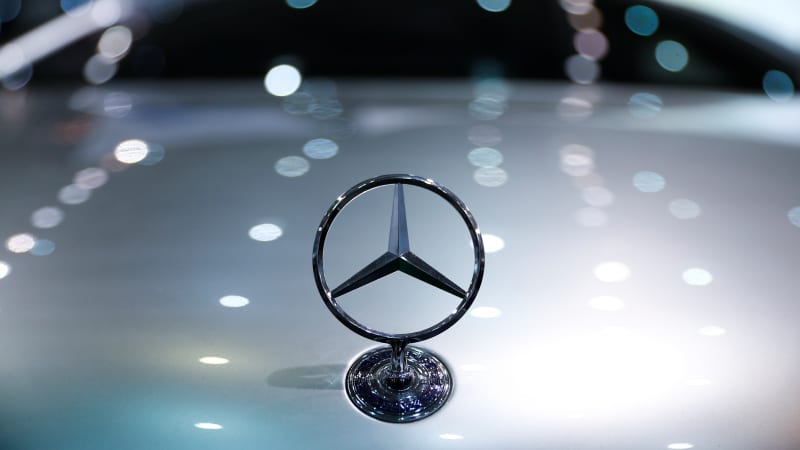Mercedes-Benz engines with 48-volt systems coming in 2017

Mercedes will use the 48-volt systems to power mild-hybrid functions like energy recuperation (commonly called brake regeneration), engine stop-start, electric boost, and even moving a car from a stop on electric power alone. These features will be enabled through either an integrated starter-generator (Mercedes abbreviates it ISG) or a belt-driven generator (RSG). (RSG is from the German word for belt-driven generator, Riemenstartergeneratoren. That's your language lesson for the day.) Mercedes didn't offer many other details on the new family of engines.
There are 48-volt systems already in production; Audi's three-compressor SQ7 engine uses an electric supercharger run by a 48-volt system, and there's a new SQ5 diesel on the horizon that will use a similar setup with the medium-voltage system. Electric superchargers require a lot of juice, which can be fed by either a supercapacitor or batteries in a 48-volt system.
?Why 48-volt Matters:
Current hybrid and battery-electric vehicles make use of very high voltages in their batteries, motors, and the wiring that connects them, usually around 200 to 600 volts. The high voltage gives them enough power to move a big vehicle, but it also creates safety issues. The way to mitigate those safety issues is with added equipment, and that increases both cost and weight. You can see where this is going.
By switching to a 48-volt system, the high-voltage issues go away and the electrical architecture benefits from four times the voltage of a normal vehicle system and uses the same current, providing four times the power. The electrical architecture will cost more than a 12-volt system but less than the complex and more dangerous systems in current electrified vehicles. The added cost makes sense now because automakers are running out of ways to wisely spend money for efficiency gains. Cars can retain a cheaper 12-volt battery for lower-power accessories and run the high-draw systems on the 48-volt circuit.
The industry is moving toward 48-volt power, with the SAE working on a standard for the systems and Delphi claiming a 10-percent increase in fuel economy for cars that make the switch. The supplier is said to be working with two major automakers to implement 48-volt systems, and most companies are rumored to be working on adding the technology to next-gen vehicles.
Source






